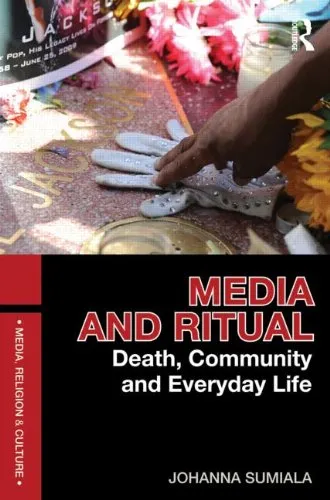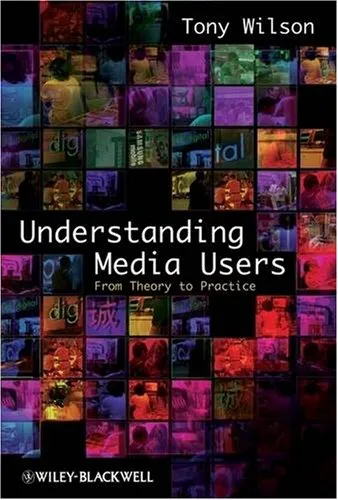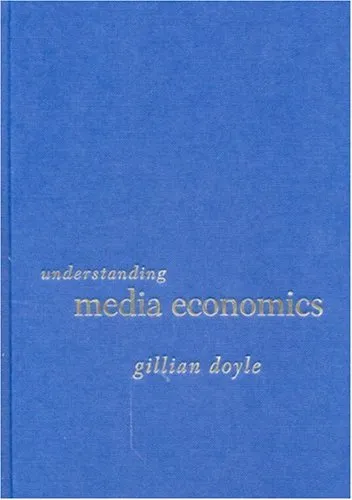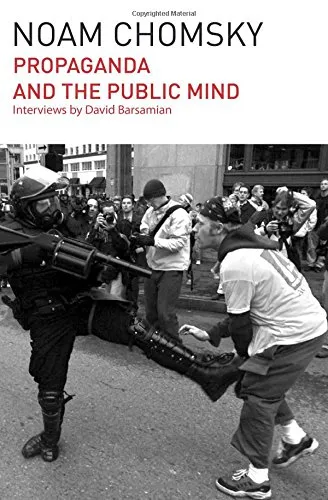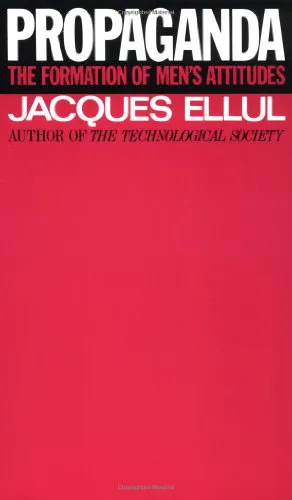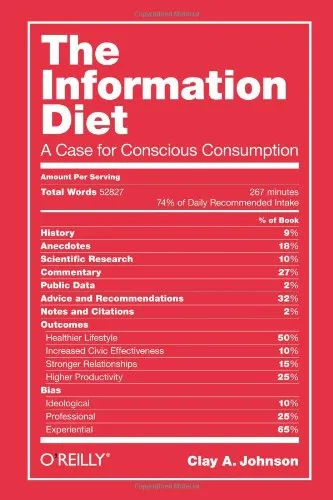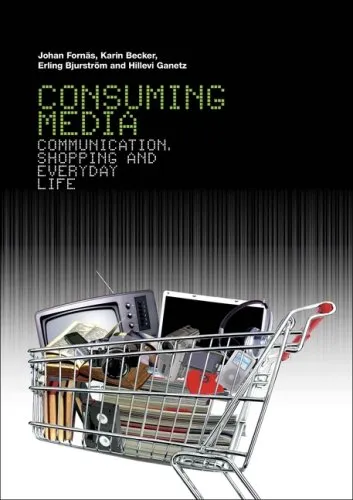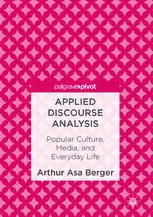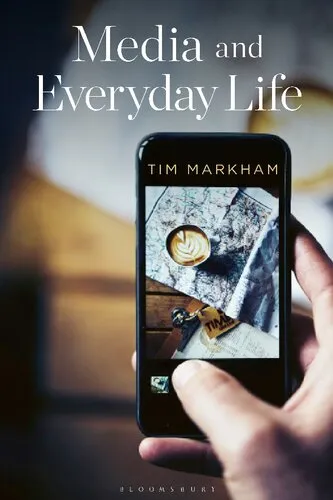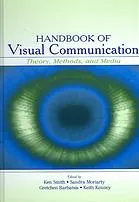Media and Ritual: Death, Community and Everyday Life
4.5
Reviews from our users

You Can Ask your questions from this book's AI after Login
Each download or ask from book AI costs 2 points. To earn more free points, please visit the Points Guide Page and complete some valuable actions.Related Refrences:
Analytical Summary
In Media and Ritual: Death, Community and Everyday Life, Johanna Sumiala delves into the intricate interplay between media practices and ritualised expressions of death, mourning, and community formation in everyday life. This scholarly work situates itself at the intersection of media anthropology, ritual communication theory, and social analysis, offering a nuanced reading of how mediated events surrounding mortality contribute to collective identity and public culture.
Drawing on case studies from diverse cultural contexts, the book examines the ways in which news media, social platforms, and public commemorations create shared spaces where grief is expressed and social bonds are reinforced. Through theoretical reflection and empirical observation, Sumiala introduces readers to the concept of ritualised media practices — repeated, symbolic acts embedded in communication that transform personal loss into collective experience. She demonstrates that in a mediatized society, death is no longer a purely private matter but a public, performative phenomenon often shaped by journalistic framing, social media circulation, and institutional ceremonies.
Information unavailable on precise publication year within this text due to lack of reliable public source verification, yet the content remains relevant across disciplines including sociology, media studies, and cultural studies. Throughout, the work invites readers to critically engage with the moral, political, and emotional implications of media’s role in shaping communal life.
Key Takeaways
This book offers profound insights that extend far beyond its immediate subject matter, making it essential for academics, media professionals, and cultural analysts.
First, it clarifies how ritual communication theory provides tools to decode repetitive, symbolic patterns in media coverage and audience responses when addressing death and collective mourning.
Second, it reveals how the public negotiation of loss through media channels acts as a bridge between personal grief and communal solidarity.
Third, it challenges readers to consider the ethical dimensions of representing death in media — including questions of dignity, sensationalism, and cultural sensitivity.
Fourth, the book underscores the enduring influence of social structures and traditions on how contemporary media frames ritual practices.
Finally, it invites interdisciplinary dialogue, drawing from anthropology, sociology, media studies, and even religious studies to broaden understanding of mediated rituals.
Memorable Quotes
“Rituals provide a structure for societies to process loss and reaffirm shared values.”Unknown
“In the age of mass communication, death becomes a matter of collective consumption and negotiation.”Unknown
“Media rituals transform individual sorrow into communal narrative frames.”Unknown
Why This Book Matters
The relevance of Media and Ritual: Death, Community and Everyday Life lies in its ability to illuminate how contemporary societies process mortality through deeply embedded, often subconscious, media rituals.
For scholars, it is a critical resource that unpacks how media is not merely a channel of information but a cultural actor orchestrating symbolic ceremonies of remembrance and loss. For professionals in journalism, public relations, and cultural institutions, it offers a framework to handle sensitive events with greater empathy and awareness of their societal impact.
With its interdisciplinary approach, the book encourages thoughtful engagement with questions that lie at the heart of human existence — how we commemorate, how we share grief, and how our media ecosystems mediate these profound human experiences.
Inspiring Conclusion
In encountering Media and Ritual: Death, Community and Everyday Life, readers are offered both an invitation and a challenge: to see death not only as an inevitable personal event but as a shared social phenomenon shaped by media’s ritualistic power.
This authoritative and thought-provoking exploration bridges academic theory with tangible real-world contexts, encouraging scholars and practitioners alike to critically examine the rituals embedded in the stories our media tells. By engaging with these ideas, you deepen your understanding of how communities are formed, sustained, and transformed through mediated acts of remembrance.
Take the next step — read this work in its entirety, share its insights with peers, and discuss its implications within your professional and academic circles. In doing so, you participate in the very rituals of dialogue and community the book so compellingly describes.
Free Direct Download
You Can Download this book after Login
Accessing books through legal platforms and public libraries not only supports the rights of authors and publishers but also contributes to the sustainability of reading culture. Before downloading, please take a moment to consider these options.
Find this book on other platforms:
WorldCat helps you find books in libraries worldwide.
See ratings, reviews, and discussions on Goodreads.
Find and buy rare or used books on AbeBooks.
1248
بازدید4.5
امتیاز0
نظر98%
رضایتReviews:
4.5
Based on 0 users review
Questions & Answers
Ask questions about this book or help others by answering
No questions yet. Be the first to ask!
